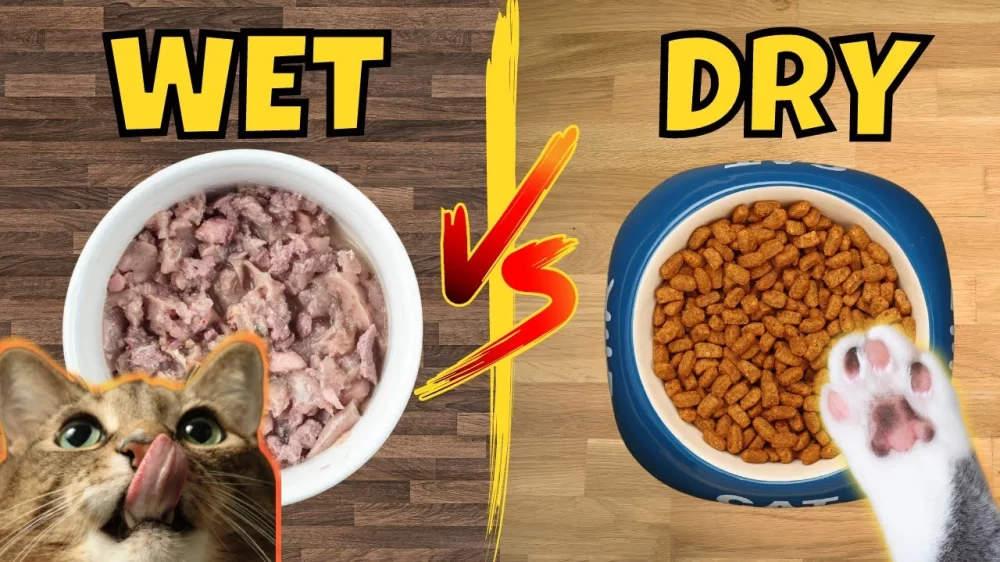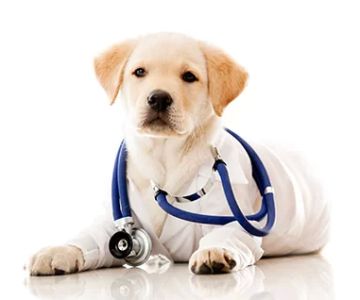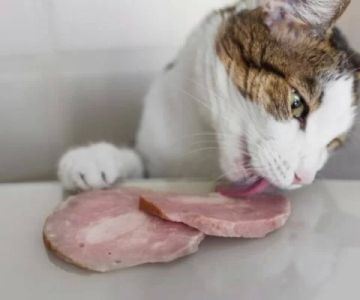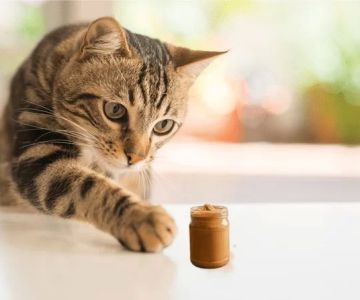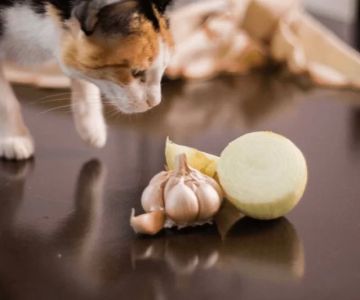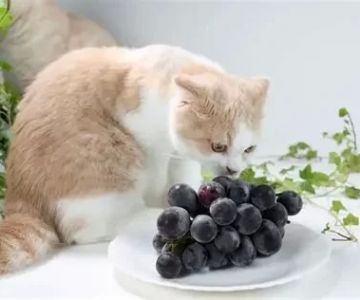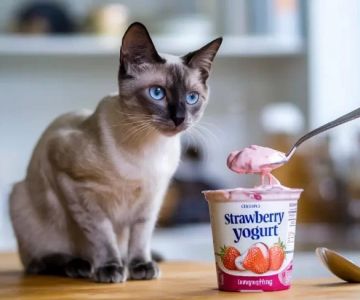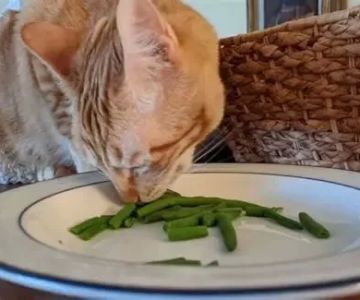Wet Cat Food vs. Dry Cat Food: Which Is Better for Your Cat?
As a cat owner, one of the most important decisions you’ll make for your pet’s health and well-being is what kind of food to feed them. The debate between wet and dry cat food has been ongoing for years, with passionate arguments on both sides. Both types of food have their advantages and disadvantages, but which one is actually better for your cat? In this article, we’ll break down the pros and cons of wet and dry cat food, helping you make an informed choice about what’s best for your feline friend.
Wet Cat Food: Benefits and Drawbacks
Wet cat food is known for its high moisture content, making it an attractive choice for many cat owners. Let’s take a closer look at the pros and cons of feeding your cat wet food.
Benefits of Wet Cat Food
- Hydration: Wet food contains a significant amount of water (usually around 70-80%), which helps keep your cat hydrated. Cats, particularly those who are on a dry food diet, can be prone to urinary tract issues or kidney problems due to insufficient water intake. Wet food is a great way to boost their hydration levels, especially if they are reluctant to drink water on their own.
- Higher Protein Content: Wet cat food tends to have higher protein content compared to dry food, which is essential for a cat’s diet. Cats are obligate carnivores, meaning they require a diet high in protein to maintain their muscle mass and overall health.
- Better for Cats with Dental Issues: For older cats or those with dental problems, wet food can be easier to chew and digest. It’s a softer option that doesn’t require as much effort to consume, making it more comfortable for cats with missing teeth or gum issues.
- Variety of Flavors: Wet food comes in a wide variety of flavors and textures, making it more appealing for picky eaters. The moist texture is often more enticing to cats, which can help if your cat has a low appetite or is recovering from illness.
Drawbacks of Wet Cat Food
- Cost: Wet cat food is often more expensive than dry food. Feeding your cat a wet food-only diet can add up, especially if you have a multiple-cat household. Additionally, wet food tends to be more perishable and requires proper storage, such as refrigeration once opened.
- Less Convenient: Wet food requires more effort to store and serve. It’s messy, and once opened, cans or pouches should be consumed within a few days. This can be less convenient for busy pet owners or those with limited fridge space.
- Can Contribute to Weight Gain: While wet food is high in protein, it is also often higher in fat. Cats who are prone to overeating may struggle with portion control when fed wet food, leading to obesity if not monitored closely.
Dry Cat Food: Benefits and Drawbacks
Dry cat food has long been a popular choice for cat owners due to its convenience and shelf stability. But like wet food, dry food also has its advantages and disadvantages.
Benefits of Dry Cat Food
- Convenience: Dry food is incredibly convenient. It doesn’t require refrigeration, is easy to store, and can be left out for your cat to nibble on throughout the day. This is particularly useful for people who are away from home during the day and want to offer their cat a constant supply of food.
- Cost-Effective: Dry food is generally less expensive than wet food, making it a more affordable option for many cat owners. You can also purchase large bags that will last longer, making dry food a good choice for households with multiple cats.
- Helps with Dental Health: Some dry foods are designed to help clean your cat’s teeth as they chew. The kibble pieces can help scrape plaque and tartar off their teeth, promoting better oral hygiene. However, this benefit varies depending on the brand and formulation.
- Portion Control: Dry food is easier to measure and portion out, making it simpler to control your cat’s calorie intake and avoid overfeeding. This can be helpful for managing your cat’s weight or ensuring they don’t eat too much too quickly.
Drawbacks of Dry Cat Food
- Lack of Moisture: Dry food is low in moisture, which can be problematic for cats who are not good at drinking water. Cats naturally have a low thirst drive, so if they only eat dry food, they might not get enough hydration, which can lead to urinary tract issues or kidney disease over time.
- Less Protein: While dry food contains protein, it is often lower in protein compared to wet food. Many dry foods are also higher in carbohydrates, which aren’t as beneficial for a cat’s diet. This can be an issue for cats that require high-protein diets to maintain muscle mass and overall health.
- May Contribute to Obesity: Because dry food is calorie-dense and cats can graze throughout the day, it may contribute to overeating and weight gain, especially in less active cats.
How to Decide Between Wet and Dry Cat Food
When deciding whether to feed your cat wet or dry food, it’s important to consider their specific needs, preferences, and lifestyle. Some cats may do better on a diet of wet food, while others may thrive on dry food. Here are some things to keep in mind:
- Hydration Needs: If your cat isn’t drinking enough water, wet food is a great way to increase their hydration levels. If your cat drinks plenty of water and prefers dry food, that might be a suitable option as well.
- Dental Health: If your cat has dental issues, wet food may be a more comfortable choice. However, if you’re feeding dry food, look for brands that support oral health and offer dental benefits.
- Convenience: Dry food is easier to store and serve, making it a good option if you need a convenient, hassle-free solution. Wet food requires more preparation and storage, but it’s often more appealing to cats with finicky appetites.
- Budget: Dry food is typically more cost-effective, especially for households with multiple cats. If you’re looking for a more affordable option, dry food might be the better choice.
Can You Feed Your Cat Both Wet and Dry Food?
Yes! Many cat owners choose to offer a combination of wet and dry food to their pets. This allows your cat to enjoy the benefits of both types of food—moisture and protein from wet food, and convenience and dental benefits from dry food. If you choose to feed both, be mindful of portion sizes to prevent overfeeding, and ensure your cat is getting a balanced diet.
Conclusion
Both wet and dry cat food have their advantages and drawbacks. The best choice for your cat depends on their individual needs, preferences, and health considerations. Some cats may do better with wet food due to its moisture content, while others may prefer the convenience of dry food. In many cases, a combination of both types of food is the ideal solution. Be sure to consult with your veterinarian to choose the right food for your cat’s unique needs, and always monitor their hydration and overall health.

